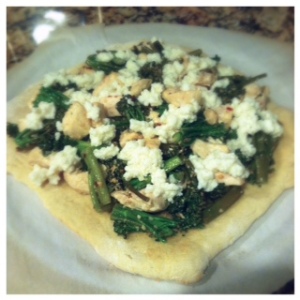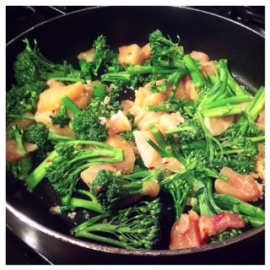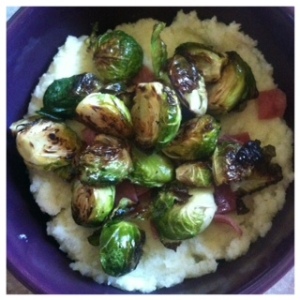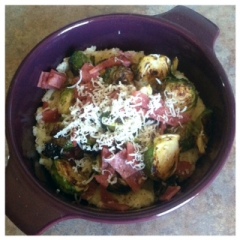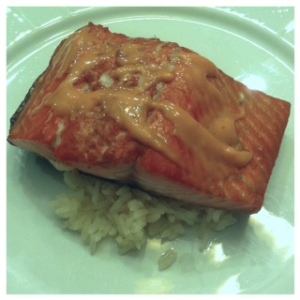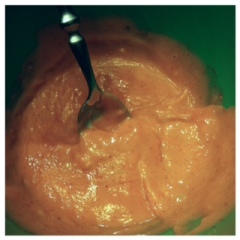Added advantage of being on a paleo diet is that I can gorge on these delicious teriyaki chicken wings. Unlike diets with heavy carbohydrates, the paleo diet is heavy in protein and fats allowing me to enjoy in the skin and all. These wings deliver on all notes. The sauce combines sweet and salty tangs with a meaty juiciness.
Teriyaki is a cooking technique used in Japanese cuisine in which foods are broiled or grilled with a glaze of soy sauce, mirin and sugar. The word teriyaki derives from the noun teri–the shine or luster given by the sugar content in the tare–and yaki–the cooking method of grilling or broiling. Traditionally, the meat is dipped in or brushed with sauce several times during cooking. In North America, any dish made with a teriyaki-like sauce or with added ingredients such as sesame or garlic (uncommon in traditional Japanese cuisine), is described as teriyaki. Pineapple juice is usually used as it not only provides sweetness but also bromelain enzymes that help tenderize the meat.
Here are some tips to keep in mind:
- I used chicken wings. They combine both the drumettes and wings into one; however, using just wings or just drumettes is optional.
- I used coconut aminos for a paleo version. Using soy sauce will provide the same flavor, but it is not gluten free.
- I used honey for my sweetener. I think it is not overly sweet and works well as a thickening agent for a sauce.
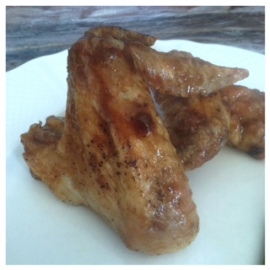 Careful using fresh ginger because it will cause chunks in the sauce that can be potent.
Careful using fresh ginger because it will cause chunks in the sauce that can be potent.- Broiling works well in browning the outside skin without overcooking the meat inside.
- Cooking the wings skin side down for the first ten minutes, allows the meat to cook through without burning the skin.
- The sauce is easy! Mix all the ingredients until the desired thickness.
- The sauce will continue to thicken and cook after being removed from the heat, so I suggest not boiling it over seven minutes.
- Toss the wings evenly to coat the
wings evenly.
Napkins will be your best friends with this meal. It is finger licking good, but on the sticky side. I could have continued to eat the entire batch myself. Keep that in mind and be sure to double or triple the meal, inviting friends and family to come and enjoy the dish. It is a quick and easy meal for reunions and parties. Have everyone over to enjoy some wings and wow them with the sweet and salty crunch of these meaty wings.
Leave a comment with your favorite wing sauce. Follow my Pinterest. Check back again next Wednesday for more tips and tricks from The Cooking Bug.

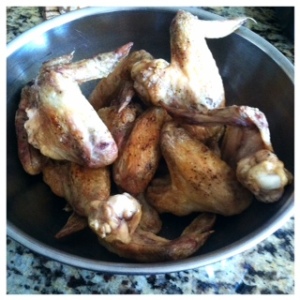
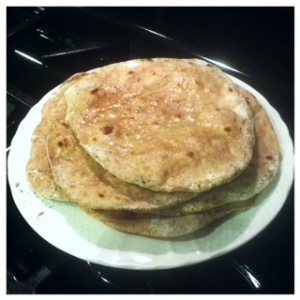

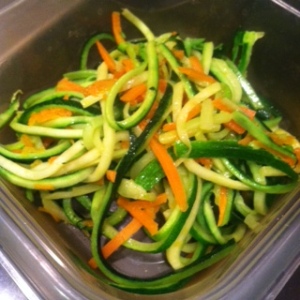
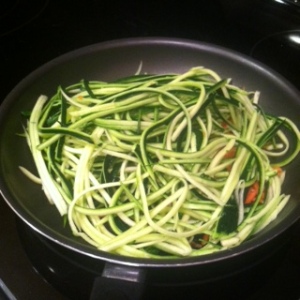
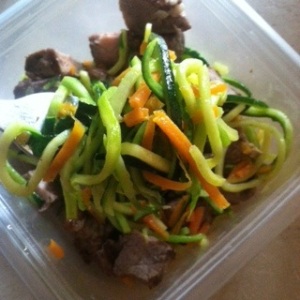 Zoodles trending popularity comes with the new wave of low carb dietary restrictions and healthier substitutions. Unlike heavy pastas, zoodles offer a low calorie, zero carb vegetable to your plate. Cooked properly, the zucchini turns a vibrant green that makes my heart melt and my mouth water. I love using fresh zucchini from the farmers market because the zucchini tends to be in better form. Whatever your reason, zoodles are a great way to enjoy vegetables and mix up your diet.
Zoodles trending popularity comes with the new wave of low carb dietary restrictions and healthier substitutions. Unlike heavy pastas, zoodles offer a low calorie, zero carb vegetable to your plate. Cooked properly, the zucchini turns a vibrant green that makes my heart melt and my mouth water. I love using fresh zucchini from the farmers market because the zucchini tends to be in better form. Whatever your reason, zoodles are a great way to enjoy vegetables and mix up your diet.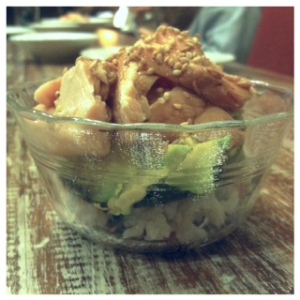
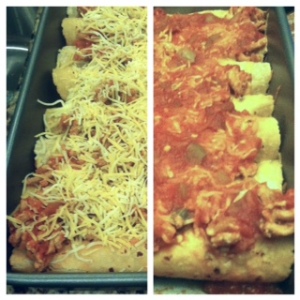
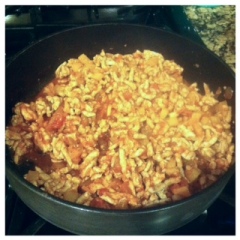 Ven a probar esta receta! While most Spanish food is a great balance of nutrient rich tomatoes and ingredients, they can be high in calories. However, these beef enchiladas are only 330 calories per serving. You can lessen the carbohydrate intake by using a one semi-larger tortilla and more filling. Try a variety of fillings and combinations to satisfy your family’s growling stomach. With only a few ingredients and 20 minutes, you create a Spanish fiesta.
Ven a probar esta receta! While most Spanish food is a great balance of nutrient rich tomatoes and ingredients, they can be high in calories. However, these beef enchiladas are only 330 calories per serving. You can lessen the carbohydrate intake by using a one semi-larger tortilla and more filling. Try a variety of fillings and combinations to satisfy your family’s growling stomach. With only a few ingredients and 20 minutes, you create a Spanish fiesta.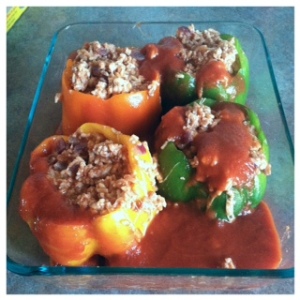
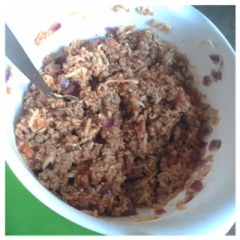 Step 2: Cook the ground turkey and onions stovetop.
Step 2: Cook the ground turkey and onions stovetop.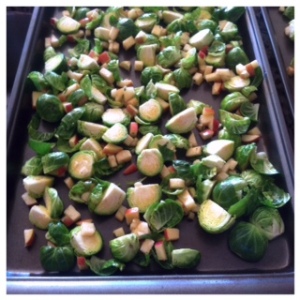
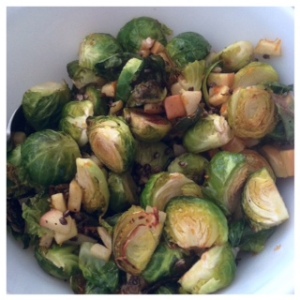 Hemp seeds come from a plant that is similar to the marijuana plant, but has lower levels of psychoactive cannabinoid compounds. Hemp seed extract has an unidentified compound in it that may help to promote learning, memory and immune function. It may stimulate the brain enzyme known as calcineurin, according to the University of Michigan. Calcineurin plays an essential role in some brain synapse activities. Hemp seeds are rich in essential fatty acids. The oil in the seeds is a source of the omega-3 fatty acid. Omega-3 fatty acids reduce inflammation in your body. They also may lower risk for cancer, heart disease and arthritis. Hemp seeds can help you if you are constipated because they act as a
Hemp seeds come from a plant that is similar to the marijuana plant, but has lower levels of psychoactive cannabinoid compounds. Hemp seed extract has an unidentified compound in it that may help to promote learning, memory and immune function. It may stimulate the brain enzyme known as calcineurin, according to the University of Michigan. Calcineurin plays an essential role in some brain synapse activities. Hemp seeds are rich in essential fatty acids. The oil in the seeds is a source of the omega-3 fatty acid. Omega-3 fatty acids reduce inflammation in your body. They also may lower risk for cancer, heart disease and arthritis. Hemp seeds can help you if you are constipated because they act as a